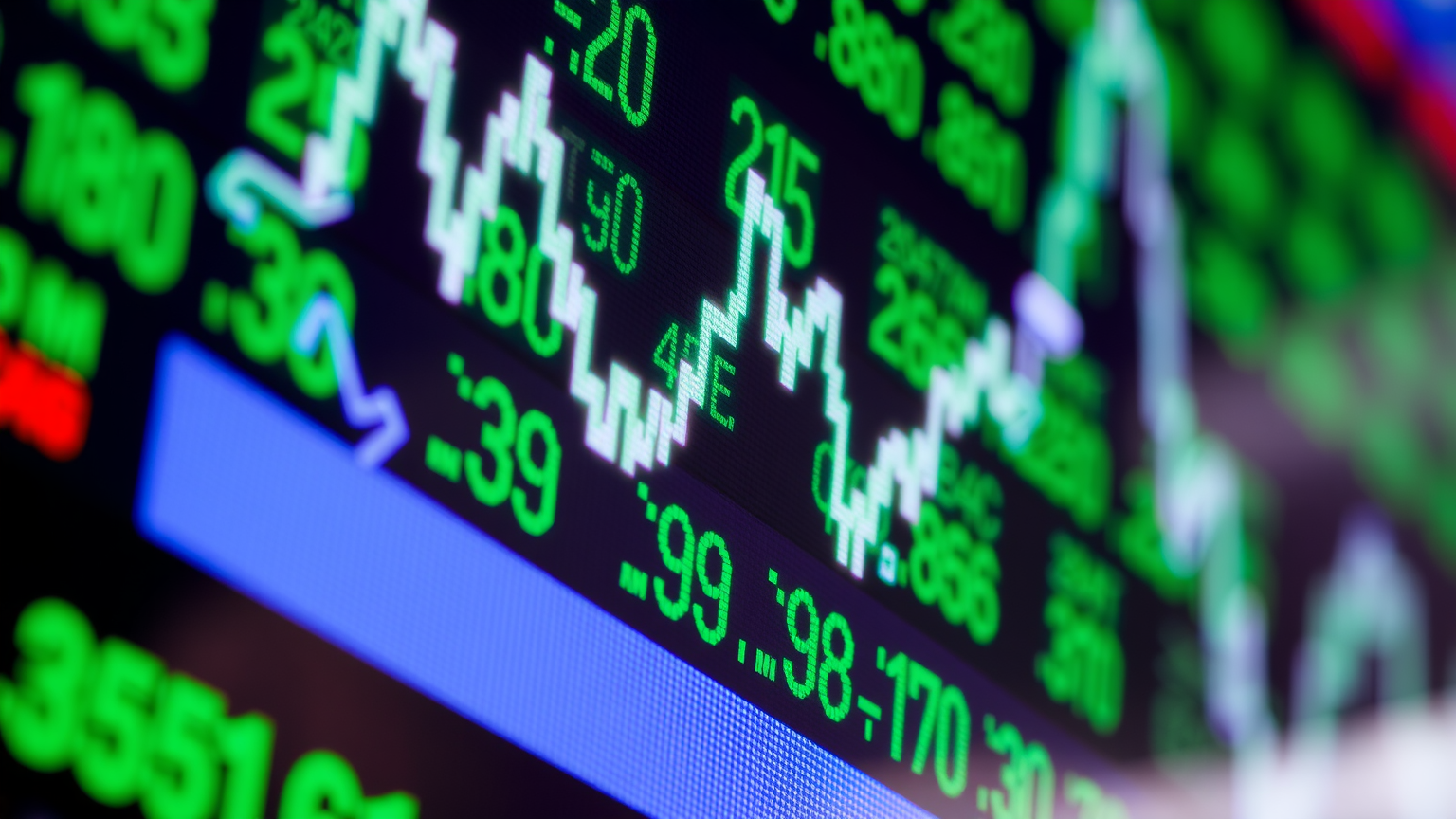The iShares Global Clean Energy ETF finds itself at a critical juncture, pulled by competing forces of long-term optimism and immediate market pressures. While substantial policy backing in key global markets provides a solid foundation for the sector, near-term performance is being challenged by interest rate concerns and persistent supply chain disruptions. This has resulted in a decidedly mixed trading pattern, with clear outperformers and laggards emerging within the fund’s holdings.
A Sector Powered by Policy, Pressured by Economics
A global push toward a low-carbon economy continues to be the primary engine for the clean energy sector. Recent diplomatic engagements, including the EU-Japan energy dialogue, have reinforced commitments to building resilient supply chains for critical wind, solar, and hydrogen technologies. However, this supportive backdrop is meeting tangible economic headwinds. Data from the U.S. reveals that solar installations actually declined in the first half of 2025, a counterintuitive trend given the scale of investment. Compounding this issue, power purchase agreement (PPA) prices have climbed, signaling that underlying market challenges remain potent.
Portfolio Composition: A Concentrated Bet on the Energy Transition
With approximately $1.63 billion in assets under management, the iShares Global Clean Energy ETF seeks to track the investment results of the S&P Global Clean Energy Transition Index through physical replication. The fund’s strategy is focused on companies involved in biofuels, geothermal, hydroelectric, solar, and wind industries. A breakdown of its sector allocation reveals a distinct concentration:
- Utilities: 52.30%
- Technology: 23.76%
- Industrials: 23.14%
Geographically, the ETF maintains significant exposure to companies based in the United States and Europe. Its top holdings represent a roster of leading names across the solar and wind industries, meaning the fund’s performance is heavily influenced by the fortunes of these key players.
Should investors sell immediately? Or is it worth buying iShares Global Clean Energy ETF?
This concentration is a double-edged sword. On one hand, it creates vulnerability to sector-specific downturns and geopolitical tensions within its core regions. Conversely, it allows the ETF to capture a disproportionate share of gains from any positive developments and breakthroughs within these focused segments.
Steering Through Macroeconomic Challenges
The fund’s current trajectory is a direct reflection of these opposing dynamics. Long-term megatrends favoring decarbonization and energy security provide a powerful tailwind. Yet, these are being tempered by short-term macroeconomic factors that are pressuring valuations. A significant and persistent challenge is the inherent interest rate sensitivity of many clean energy projects, which are often capital-intensive. This characteristic poses a particular difficulty in the current climate of restrictive monetary policy.
The critical question is whether the ETF can maintain its pivotal role in a transforming global energy landscape. The answer will largely depend on the capacity of its core holdings to navigate a complex market environment, deliver profitable growth, and successfully capitalize on the long-term policy support that continues to be enacted worldwide.
Ad
iShares Global Clean Energy ETF Stock: Buy or Sell?! New iShares Global Clean Energy ETF Analysis from December 22 delivers the answer:
The latest iShares Global Clean Energy ETF figures speak for themselves: Urgent action needed for iShares Global Clean Energy ETF investors. Is it worth buying or should you sell? Find out what to do now in the current free analysis from December 22.
iShares Global Clean Energy ETF: Buy or sell? Read more here...









